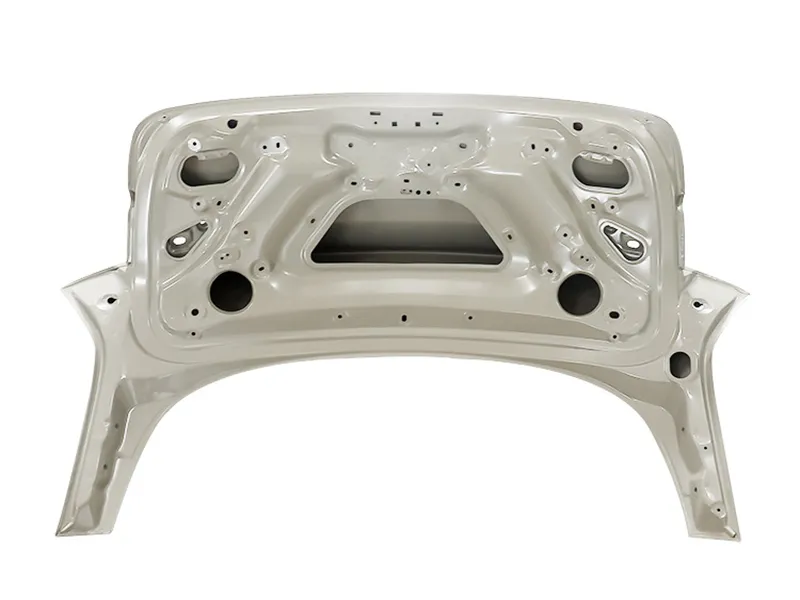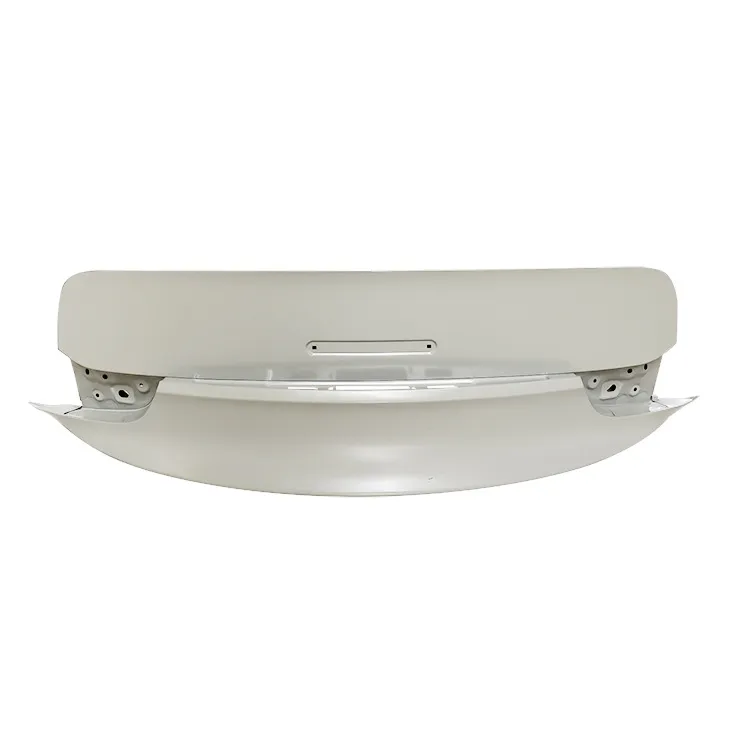The door is one of the key parts in the car that is manufactured by stamping. The stamping of the door requires not only good appearance quality, but also sufficient strength, rigidity and safety. The door is usually completed by multiple stamping process steps, including the forming of the outer panel, inner panel, reinforcing ribs and other parts.
The outer panel is the appearance part of the door, usually stamped from a thinner metal plate (such as cold-rolled steel plate or aluminum alloy) with high surface quality. The inner panel is located on the inside of the door and is usually thicker than the outer panel. It is used to enhance the strength of the door and carry window frames, interior components, etc. The reinforcing ribs are to improve the rigidity and collision safety of the door. Reinforcing ribs or supporting structures are often provided on the inner panel of the door. Door frame: includes the upper, lower, left and right frame parts of the door, which are used to support and fix the glass, electric window mechanism brake device, etc.


Door stamping is a multi-step process. First, the metal sheet (such as steel or aluminum sheet) is cut to the required size. In order to reduce waste, the optimized layout is usually adopted to arrange the panels of different doors through cutting and patterning processes. In order to form the curved surface shape of the door outer panel, the metal sheet must first be stretched to the required depth and curvature through the "deep drawing" process. The deep drawing process uses a stamping machine and a die to evenly shape the metal sheet in the die. After deep drawing, the door outer panel often has some wrinkles or uneven areas, which need to be trimmed and optimized through further forming to ensure the appearance quality. The door needs to have window frames, door handles, lock holes, decorative holes, etc., which need to be achieved through punching and cutting processes. The punching process can be completed directly during the stamping process or in subsequent processing. The edges and corners of the door need to be bent to ensure that the edges are flat and meet the assembly requirements. In addition, structures such as ribs and support points may also need to be formed on the door to enhance the strength and rigidity of the door. The outer panel, inner panel, ribs and other components of the door usually need to be assembled by welding or sheet metal connection. Common connection methods include spot welding, laser welding, robot welding, etc. to ensure that the parts are firmly connected. In order to improve the corrosion resistance and appearance quality of the car door, the surface of the car door is usually treated with a series of treatments: anti-rust treatment; painting; spraying and powder coating. After the car door is stamped, the final assembly stage usually includes the installation of window glass, door handles, locks, electric window mechanism braking system, interior and other accessories. In addition, the car door needs to pass static and dynamic tests to ensure that its sealing, strength and safety meet the requirements.
With the development of automation technology, the process of car door stamping is becoming more and more intelligent. Through technologies such as robots, laser measurement, and automated detection, the quality control and precision in the production process have been further improved. For example, the use of stamping dies has gradually developed towards flexibility and intelligence, which can adapt to the production needs of different models.
The door stamping process is a complex and delicate process involving multiple links, from sheet cutting, drawing, forming to final assembly, each step requires highly precise control. Through modern stamping technology and material selection, the car door not only needs to have beautiful appearance and high structural strength, but also needs to consider multiple aspects such as collision safety, durability and anti-corrosion performance.

